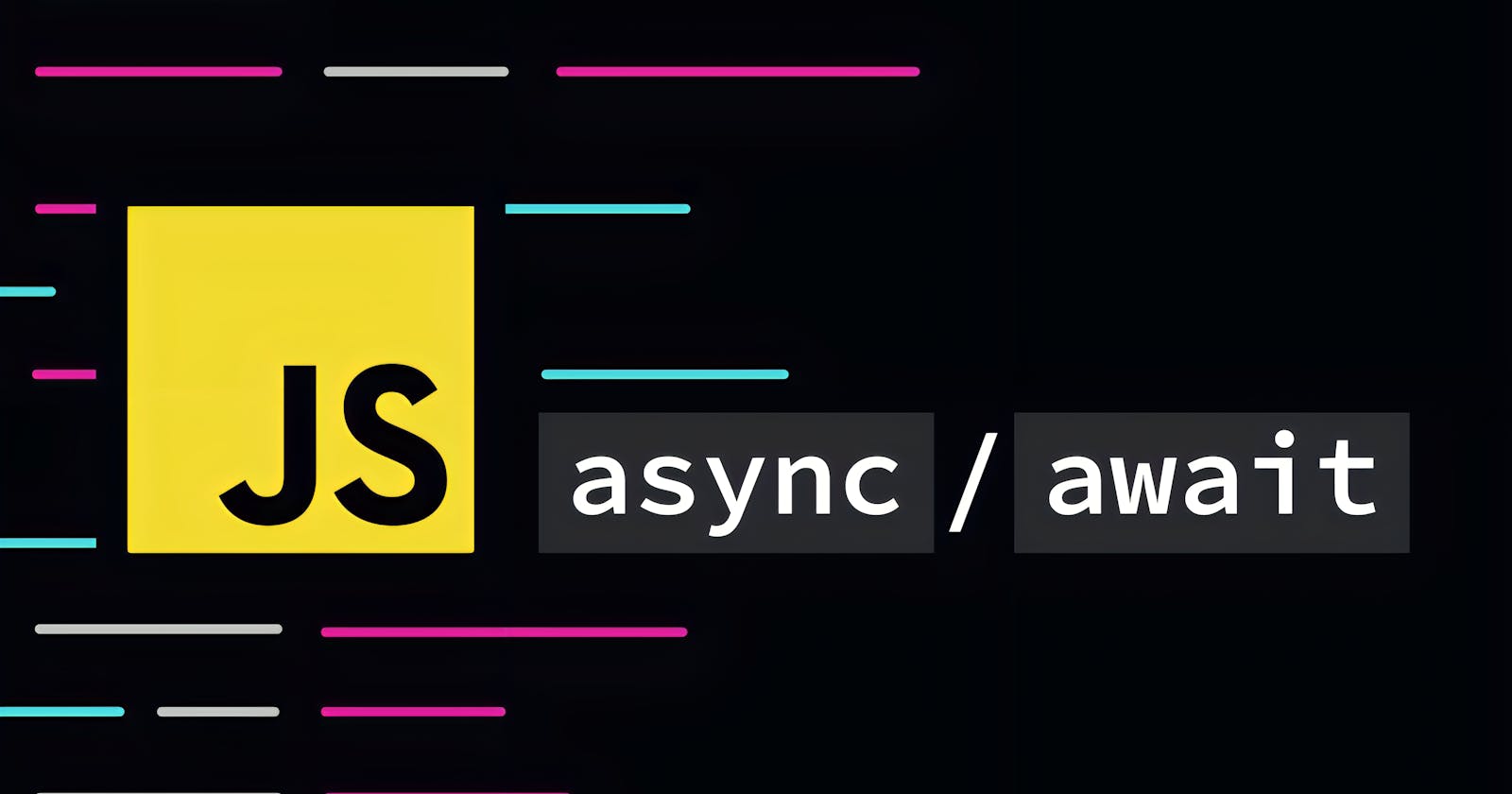JavaScript Async/Await: Unleashing the Magic of Synchronous-Looking Code
Turning Juggling Async Tasks into a Graceful Ballet with JavaScript's async/await
Unlocking the Power of JavaScript Async/Await: A Whimsical Journey through Asynchronous Programming
Introduction
JavaScript, the language of the web, is renowned for its asynchronous capabilities. While callbacks and Promises have been staples of asynchronous programming, JavaScript developers now have a more delightful and readable option at their disposal: async/await. In this article, we'll embark on a whimsical journey through the world of JavaScript async/await, sprinkling in humor along the way.
What is Async/Await?
Imagine JavaScript as a juggler trying to keep multiple balls in the air at once. In the past, it used callbacks (like shouting instructions to the juggler from the audience) and Promises (a written contract that the juggler will toss the balls in a certain way). Async/await, on the other hand, is like a magic spell that makes the juggler's hands move seamlessly.
Why Use Async/Await?
Readability: Async/await makes code more readable. It's like reading a story from top to bottom instead of jumping between pages.
Error Handling: With async/await, you can use try-catch blocks to catch errors more easily. If something goes wrong, it's like the juggler catching a falling ball without breaking a sweat.
Sequential Code: Async/await lets you write code that looks synchronous, even though it's asynchronous behind the scenes. It's as if the juggler is calmly juggling balls, one after the other.
How to Use Async/Await
Let's dive into some code examples to illustrate how async/await works.
async function fetchUserData(userId) {
try {
const response = await fetch(`https://api.example.com/users/${userId}`);
const data = await response.json();
return data;
} catch (error) {
console.error('Oops, something went wrong:', error);
throw error;
}
}
In this example, we define an async function fetchUserData that fetches user data from an API. With await, we wait for the asynchronous fetch and json operations to complete. If something goes awry, we gracefully catch and handle the error.
Chaining Async/Await
Async/await also plays nicely with Promises, allowing you to chain asynchronous calls elegantly.
async function fetchAndProcessData(userId) {
try {
const userData = await fetchUserData(userId);
const processedData = await processData(userData);
return processedData;
} catch (error) {
console.error('Oops, something went wrong:', error);
throw error;
}
}
In this snippet, we call the fetchUserData and processData functions sequentially. It's like instructing the juggler to perform a series of tricks one after another.
Async/Await in Loops
Using async/await in loops can be a bit tricky, but it's possible and powerful.
async function processAllUsers(userIds) {
const results = [];
for (const userId of userIds) {
try {
const userData = await fetchUserData(userId);
results.push(userData);
} catch (error) {
console.error('Oops, something went wrong with user', userId, ':', error);
}
}
return results;
}
Here, we loop through an array of user IDs, fetching and processing each user's data. If one user throws a curveball, we catch it and move on, as though the juggler dropped one ball but kept the show going.
Conclusion
JavaScript async/await is a magical addition to the developer's toolkit. It simplifies asynchronous code, making it more readable and maintainable. It's like turning a chaotic juggling act into a graceful ballet.
